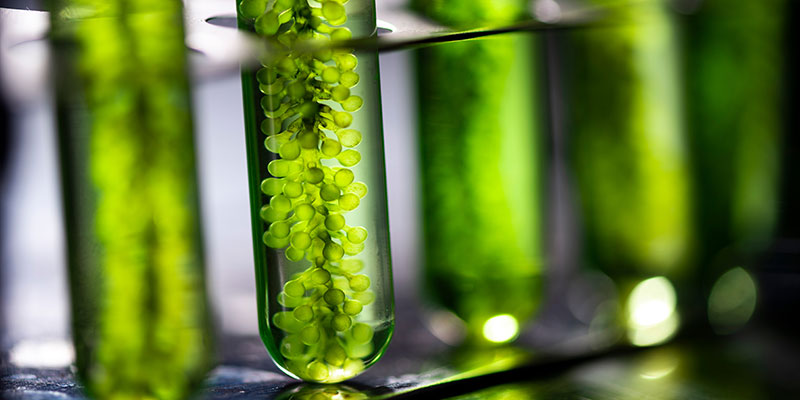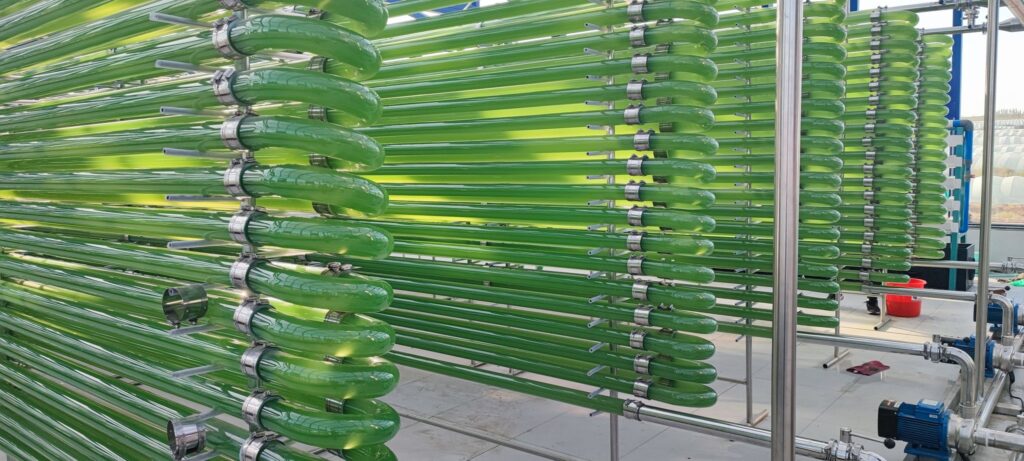Researchers in Europe may have found microscopic organisms, which are invisible to the human eye, that could help fight plastic waste and support greener agriculture.

Microalgae, tiny single-cell organisms that are found in seawater, are becoming increasingly popular among European researchers as a potential solution to some of the world’s most pressing environmental problems.
These microorganisms, when grown in industrial photobioreactors, can convert sunlight, CO2, and nutrients into valuable biomolecules that have a range of applications in various industries.
Researchers at the University of Almeria, Spain, have found several strains of microalgae that can purify wastewater while producing fertilizers and other products for farmers.
These microalgae-based products have been found to be more efficient than traditional chemicals and can also be used in the production of biofuels, animal feed, and bioplastics.

While microalgae-based products may be more expensive than traditional chemicals, consumers are becoming increasingly willing to pay a premium for eco-friendly products that are grown in a more natural way.
The plastic pollution problem, particularly in coastal regions, could also be tackled with microalgae-based biodegradable alternatives. Collection and recycling are crucial to solve the plastic problem, but biodegradable alternatives can play a significant role in mitigating the impact of plastic pollution.
With the EU’s Farm to Fork strategy aiming to halve the use of chemical pesticides by 2030 and increasing consumer demand for natural products, microalgae may well be the solution we’ve been looking for.